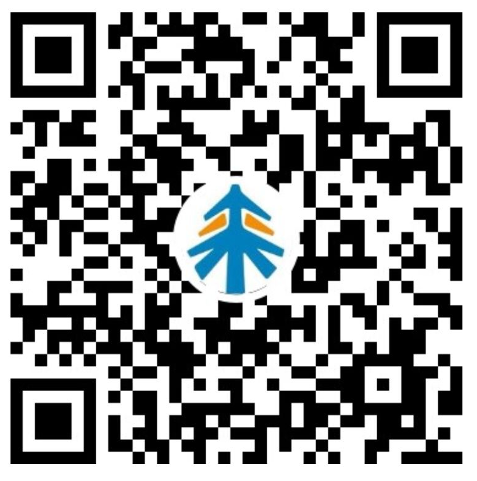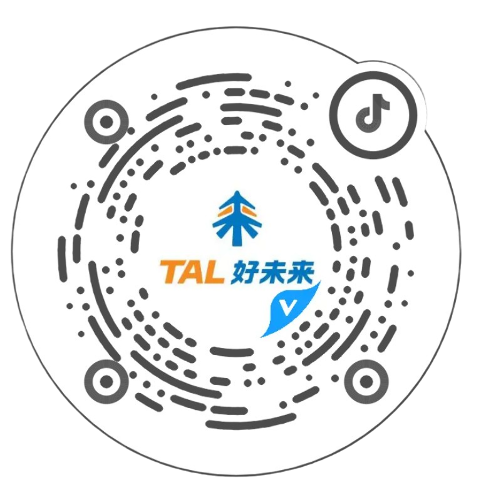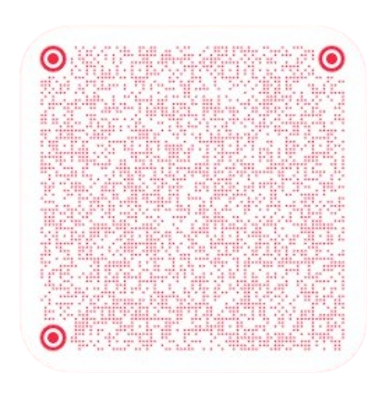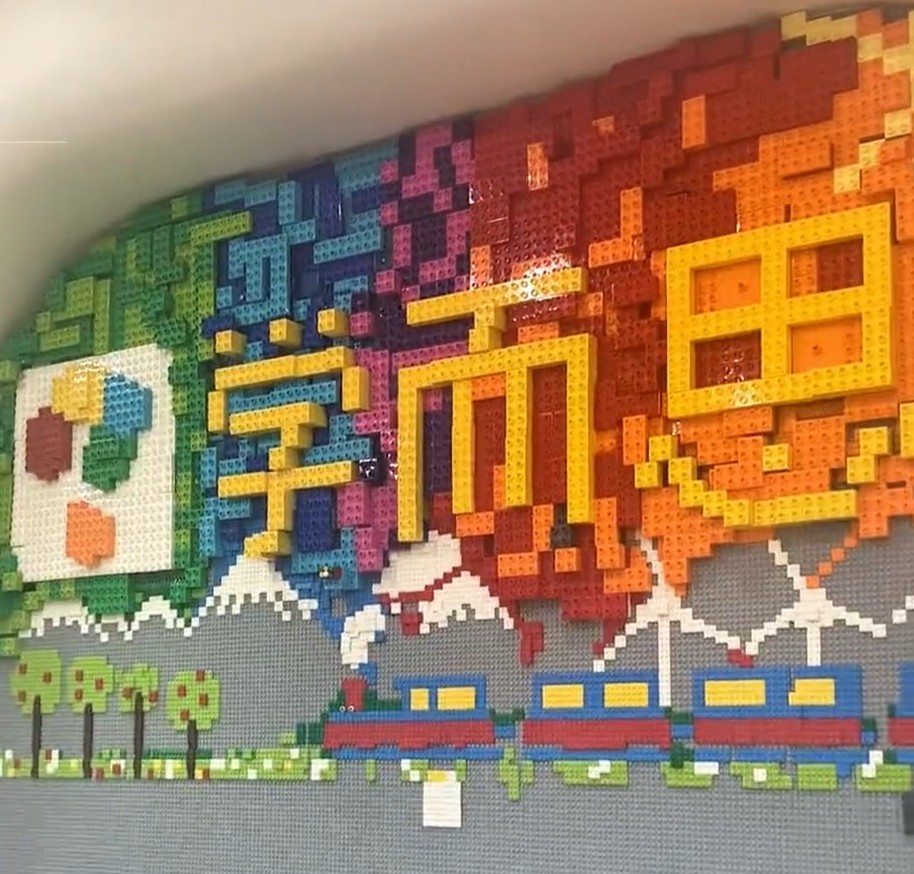




China News, March 20 (Liu Xueyu) "Can I play with Lego now?" The bell just rang, and a little boy rushed out of the programming classroom and ran towards the "Lego wall" in the corridor.
In recent years, "Lego + programming" classes like this have been popular among parents. With the dual blessing of policy support and capital, Lego programming has become a new trend in extracurricular training. Recently, at the Xueersi Suyang Xiangshuwang venue in Beijing, I served as a one-day "Lego programming teaching assistant" to see what the children were learning in their programming class.

"No study tyrant or simpleton, allowing children to be imaginative"
"It's all over the tables and floors with kids everywhere." "You don’t even know why a kid suddenly starts crying." Recalling the scenes of taking care of the kids at the beginning, Lemi (pseudonym), who has been a Lego programming teacher at this school for two years, still has fresh memories.
Lemi is a "post-00" teacher with two years of experience. She started as a popular science teacher for children's books and gradually became a Lego programming teacher for children. Unlike other school teachers, Lemi usually teaches after the kids finish school, and weekends are also her busiest times.
What are the qualifications for becoming a Lego programming teacher? Lemi said that Xueersi Suyang is very strict on the selection and training of teachers. Before officially becoming a qualified Lego programming teacher, she not only received professional training from Xueersi but also needed to participate in official Lego education training. After rigorous exams, she could become a qualified Lego programming teacher.
In the 400-square-meter Xueersi Suyang venue, there are 7 classrooms, with 5-10 Lego programming teachers. The research and development team includes many computer and mechanical specialists, most of whom were born in the 1990s, and there are also rising stars like Lemi who are "post-00s". Li, the head of the Xueersi Suyang headquarters robot research and development team, said that young teachers can bring more creativity and stimulate the imagination of children.
"In the classroom, can teachers judge at a glance whether a child is a 'study tyrant' or a 'simpleton'?" After I asked such a question, Lemi seemed a little angry.
"I think this question itself is very wrong." Lemi said that Lego programming teachers are not supposed to judge right or wrong, or whether a child has talent in the classroom; rather, they should see how the children respond to problems and cultivate their problem-solving abilities.
"Although you can see intuitively in the classroom how quickly children respond to problems, this is not the only result we are pursuing. Each child builds different Lego robots; in this process, we don't need them to repeat the machine structures or names, nor do we guide them in repetitive memorization. In my classroom, children are allowed to have imaginative ideas." Lemi said.
Unlike other Lego programming classes, the educational institution where Lemi is located has children under the third-grade level, who are generally younger. For a 90-minute Lego programming class, Lemi usually spends a week preparing. She believes that the content of the courseware is not the most difficult part. As a children's Lego programming teacher, the challenge lies in how to ask questions to stimulate the children's interest and make the young children curious to fully comprehend the knowledge points.
For example, younger children initially come into contact with large Lego blocks and find it difficult to follow the teacher's instructions; some can't even sit on a stool for more than 30 minutes. This requires children's programming teachers to have enough experience and patience to guide young children in establishing classroom order. "The most rewarding thing for me is to see a group of children who couldn’t even hold a book correctly, begin interacting with smart devices after learning, and complete difficult assembly tasks," Lemi told me.
Behind a class: Research and development teams need to design for at least two weeks
A Lego robot called "Mars Rover" requires hundreds of Lego pieces to assemble at Xueersi Suyang Research Institute. Even a Lego assembly teacher at Xueersi Suyang, it takes 8 or 9 hours to complete.
Lemons, a third-grade elementary school student, wants such a moving "Mars Rover". Lemon started learning programming from the first grade and started learning Python from the third grade. For him, such Lego programming classes are "playing and learning". Lemon attends a class every week, hoping to build more mechanical technology dreams through Lego.
Li, head of the Xueersi Suyang headquarters robot research and development team, revealed that such Lego robotics kits are extremely difficult during curriculum development. The Lego programming curriculum does not have a fixed reference mode. For example, considering the "Mars Rover", the R&D team needs to think about what the "Mars Rover" should look like in each class outline, how transmission structures should be used, the type of transmission mechanism, and how to design programming tasks. These all require the team members to leverage their creativity and develop a practical and viable solution based on the actual situation of the children.
Li said that the research and development team needs to prepare for at least two weeks for each class. The team focuses on the design and assembly of models based on the teachers' teaching experience in the first week and refines the course content. In the second week, the team conducts in-depth communication with the teachers, uses software for lesson preparation, and adjusts the course content based on feedback in a timely manner.
Compared to ten years ago, children today have a wider range of knowledge sources and access to more information. Li sighed, "Children now and ten years ago, it's simply night and day. They acquire information through various channels such as television, smartphones, and the internet, and acquiring knowledge is no longer a problem. The new challenge is how to use this knowledge to solve real-life problems."
"We need to constantly update our database to ensure that the courses we design truly meet the needs of today's children," Li said. The research and development team needs to continuously adjust teaching methods and course content to adapt to the changes and development of children.
In recent years, with the release of relevant policies, the children's programming market has continued to heat up. In July 2017, the State Council issued the "Development Plan for the New Generation of Artificial Intelligence", explicitly stating that national intelligent education projects should be gradually launched, and artificial intelligence-related courses should be set up in primary and secondary schools and programming education should be promoted gradually.
The "2024 Children's Programming Education Industry Development Trend Report" released by the Duojing Education Research Institute shows that by 2024, the scale of the children's programming market in China will be about 48.8 billion yuan. Currently, there are two main types of participants in the children's programming market, one being the early entrants who have focused on programming education for many years, such as ProgramCat, Tongcheng Tongmei, Walnut Programming, and Small King of Code. They have started early and focused on the children's programming track. The other type includes latecomers such as K12 education and training institutions, which have entered the children's programming field through independent research and development or investment, such as Geek Morning Star and Watermelon Maker invested by New Oriental, Excellent Programming founded by Chuang Li, and Ape Programming founded by Yuanfudao, and Xueersi has launched robot programming business in the field of education.
Taking Xueersi Suyang as an example, it has been involved in the field of quality education since 2021, setting up an educational matrix centered on multiple literacy courses such as artificial intelligence programming, robotics, scientific experiments, and scientific thinking.
In July 2023, Xueersi began to cooperate with Lego Education and launched a quality education solution targeting K12, which has adopted Lego as the core teaching tool. Xueersi's robot programming courses have been introduced to six cities including Beijing, Shanghai, Guangzhou, Changsha, Hangzhou, and Tianjin. After six months of development, the Lego programming course has expanded to 20 cities.
However, in June 2023, Huatai Securities pointed out in a research report that China's children's programming market currently has a penetration rate of less than 2%. The report stated that due to differences in educational infrastructure and educational concepts, a wide gap exists in the penetration rate and market size between first-tier cities and lower-tier ones.
Currently, the development time of children's programming in China has been relatively short, making it difficult to evaluate its effects directly. In the eyes of a parent, Lego programming focuses on cultivating children's communication skills, expression abilities, and problem-solving skills. It helps students improve their thinking abilities, cultivate innovative spirits, and lay a solid foundation for future learning and work.
Source: China News